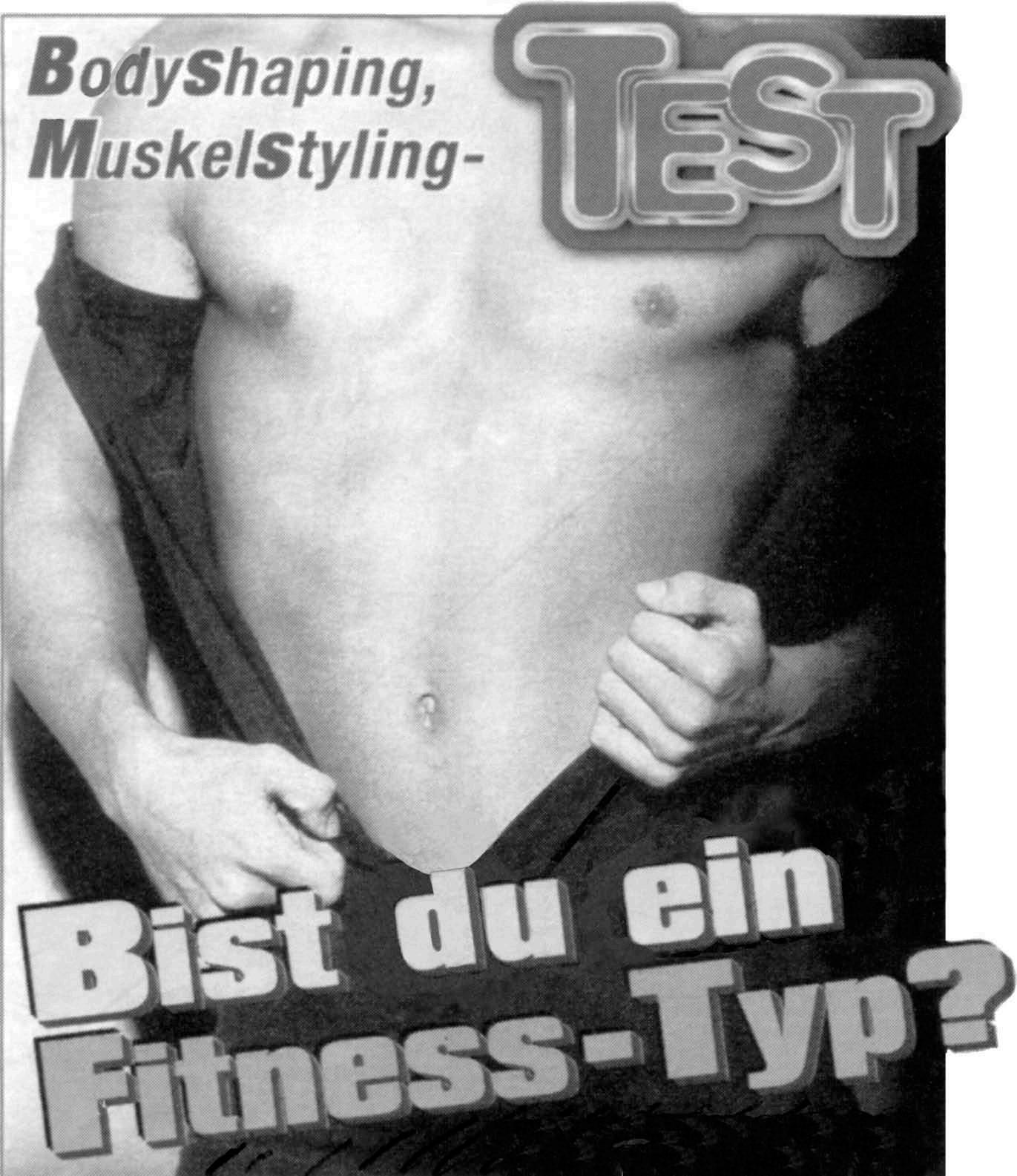3.4 Demonstratives
33
The definite article is used in colloquial speech before the names of people: „Ich finde den Udo total unmöglich.“ „Ist die Frau Berlinger da?“
“I find Udo totally impossible.” “Is Frau Berlinger there?”
The definite article is often used with parts of the body and articles of clothing, where English uses a possessive: Sie machte die Augen zu. Hast du dir die Zähne geputzt? Er steckte die Hand in die Tasche.
She closed her eyes. Have you cleaned your teeth? He put his hand in his pocket.
A definite article is used in some set prepositional phrases where the English equivalent has no article: Wir gingen in die Schule. Er trank den Kaffee im Stehen. Wir fahren mit dem Bus.
We went to school. He drank his coffee standing up. We’re going by bus.
No article is used in the PREDICATE COMPLEMENT of sein, werden or bleiben with nouns denoting professions, nationality or classes of people: Er ist Arzt/Bäcker/Installateur. Mein Schwager ist Deutscher. Anne ist doch Engländerin, oder? Helmut blieb Junggeselle. Er wurde Sozialdemokrat.
He is a doctor/baker/plumber. My brother-in-law is (a) German. Anne is an Englishwoman, isn’t she? Helmut remained a bachelor. He became a Social Democrat.
NB If the noun is preceded by an adjective, the indefinite article is used, e.g. Er ist ein guter Arzt.
No article or determiner need be used in the plural where English uses ‘some’ or ‘any’: Ich habe Äpfel gekauft. Brauchen Sie Marken?
I bought some apples. Do you need any stamps?
3.4 Demonstratives Demonstratives are words used to point to something or someone, like English ‘this’ and ‘that’. This section deals with demonstrative DETERMINERS. See 3.9 for demonstrative PRONOUNS.










